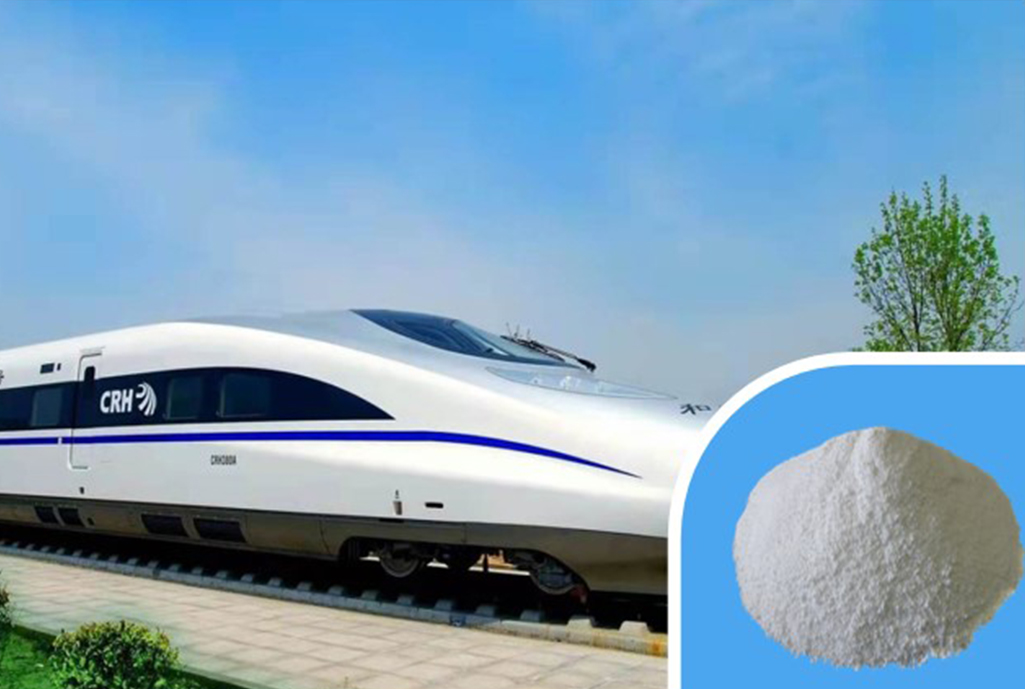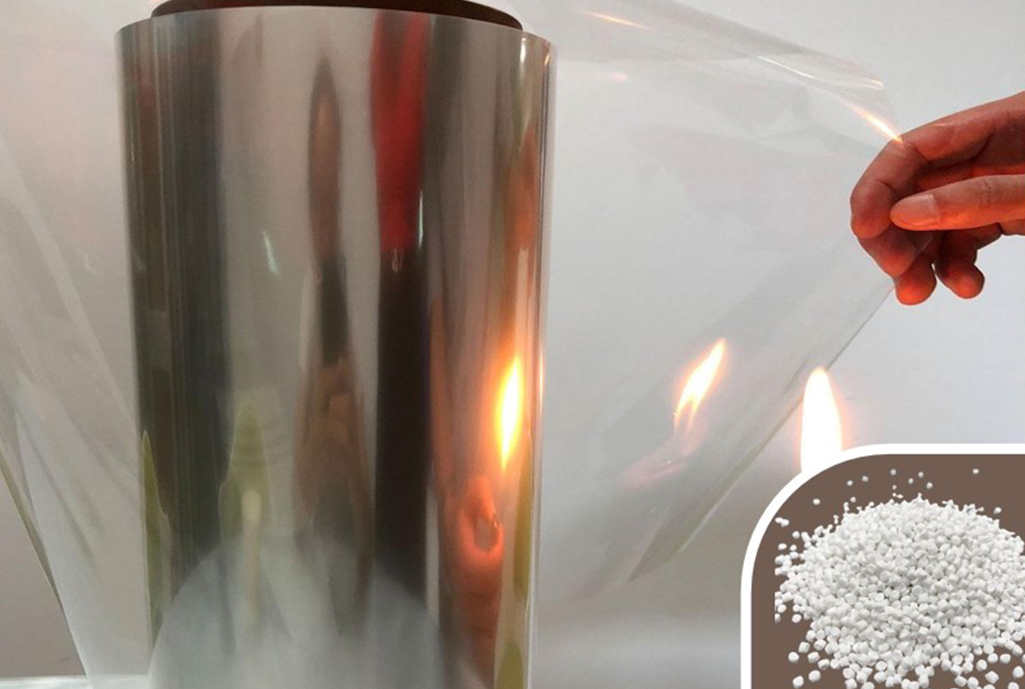What are the thermal and chemical stability characteristics of flame retardant masterbatches under different processing conditions?
2024-09-17
The thermal and chemical stability of flame retardant masterbatches is crucial for ensuring their effectiveness and reliability in various applications. Here's a breakdown of what to consider regarding their stability under different processing conditions:
Thermal Stability:Decomposition Temperature:Definition: The temperature at which the flame retardant masterbatch begins to decompose or break down.Importance: High thermal stability ensures that the masterbatch maintains its flame retardant properties during the polymer processing (e.g., extrusion, injection molding) and in the final product’s service conditions.Assessment: Decomposition temperatures are typically assessed using thermogravimetric analysis (TGA) or differential thermal analysis (DTA).
Heat Resistance:Definition: The ability of the masterbatch to withstand prolonged exposure to high temperatures without significant degradation.Importance: Essential for processes that involve high temperatures and for applications where the final product is exposed to elevated temperatures.Assessment: Heat resistance can be evaluated through continuous heating tests and monitoring changes in physical properties.

Processing Temperature Compatibility:Definition: The range of temperatures at which the masterbatch can be processed without losing its effectiveness.Importance: Ensures that the masterbatch does not degrade during typical polymer processing conditions.
Assessment: Compatibility is determined by evaluating the masterbatch's performance during processing, such as extrusion or molding, and by analyzing its thermal degradation during these processes.
Color and Physical Property Changes:Definition: Changes in color, texture, or other physical properties due to thermal exposure.Importance: Ensures the masterbatch does not undergo unwanted changes that could affect the final product's appearance or performance.Assessment: Visual inspections and physical property tests before and after thermal exposure can be used to assess stability.
Chemical Stability:Chemical Resistance:Definition: The ability of the masterbatch to resist degradation or interaction with chemicals such as acids, bases, solvents, and other reagents.Importance: Important for applications exposed to harsh chemical environments.Assessment: Chemical resistance is evaluated through immersion tests, where the masterbatch is exposed to various chemicals and monitored for changes in physical and chemical properties.
Compatibility with Polymer Matrix:Definition: The ability of the flame retardant masterbatch to interact well with the base polymer without causing unwanted chemical reactions.Importance: Ensures that the flame retardant masterbatch does not adversely affect the polymer matrix's properties or processing.Assessment: Compatibility is assessed by evaluating any changes in the polymer's properties or performance when the masterbatch is added.
Reaction with Additives:Definition: The stability of the masterbatch in the presence of other additives or processing aids used in the polymer formulation.Importance: Ensures that the flame retardant masterbatch does not react negatively with other additives, which could affect its performance or the final product.Assessment: Interaction studies and formulation testing can determine the stability of the masterbatch in complex formulations.
Storage Stability:Definition: The ability of the masterbatch to maintain its properties over time when stored under various conditions.Importance: Ensures that the masterbatch remains effective and stable during storage before use.Assessment: Storage stability is evaluated through accelerated aging tests and long-term storage studies.
Environmental Stability:Definition: The stability of the masterbatch under different environmental conditions such as humidity, UV exposure, and temperature fluctuations.Importance: Ensures that the masterbatch retains its properties and performance in diverse environmental conditions.Assessment: Environmental stability is tested through exposure to simulated environmental conditions and monitoring any changes in performance or properties.
Understanding the thermal and chemical stability of flame retardant masterbatches involves assessing their behavior under various processing conditions and in different environments. Key aspects include:Thermal Stability: Decomposition temperature, heat resistance, processing temperature compatibility, and changes in physical properties.Chemical Stability: Chemical resistance, compatibility with the polymer matrix and other additives, reaction with additives, storage stability, and environmental stability.These characteristics are crucial for ensuring that the flame retardant masterbatch performs effectively and reliably throughout the manufacturing process and in the final application.




















